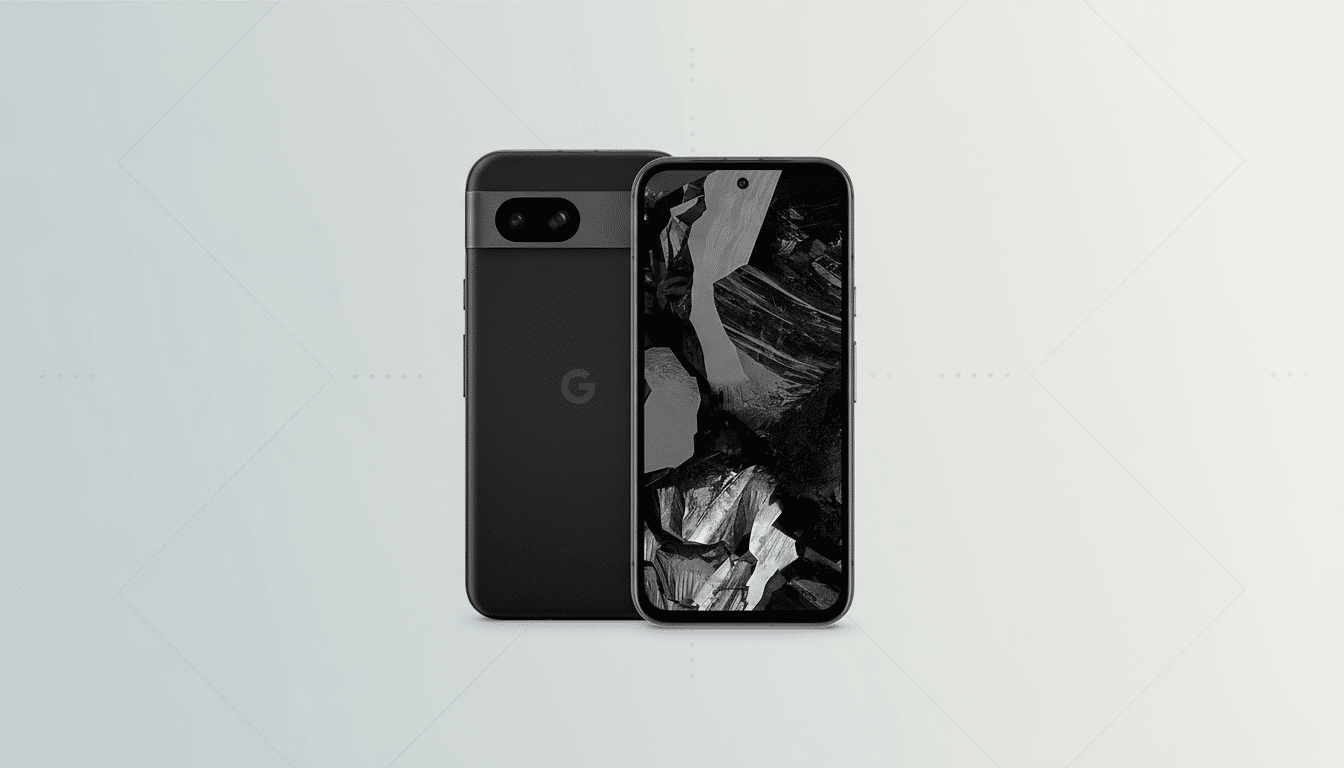After months of testing across platforms and collecting your feedback, one device emerged as the top easy recommendation for non‑techies this year: the Google Pixel 8a. It strikes a perfect balance between price, simplicity, camera quality, and long-term support — in other words, everything that casual users really need, not necessarily what spec sheets tout.
What Casual Users Really Want From Their Phones
It says, “Most people text, browse, snap pictures, pay at the counter, and stream when using a smartphone.” That’s it. Pew Research typically finds messaging, photos, and social media among the top daily uses. For this audience, the non‑negotiables are:

- A good camera
- Clear call quality
- All-day battery life
- Easy setup
- Software that stays updated for years
According to analysts at IDC and Counterpoint Research, upgrade cycles are now above three years, so long-term durability matters just about as much as launch-day specs.
Why the Pixel 8a Is Leading Casual Picks in 2025
Here’s the headline: “The Pixel 8a is cheaper than almost any flagship, offering near‑flagship results where it matters.”
It means that the phone you buy today will keep receiving Android features as well as security fixes almost through the entire next cycle of phones. That’s industry‑leading, on par with high‑end lines, and a big deal for any of us not wishing to upgrade very often.
The camera is point‑and‑shoot excellent. Google’s computational photography is still best in class, turning lightning‑fast snaps into keepers with no need to dive into settings. Under mixed lighting — the very conditions casual users are likely to encounter — Pixel processing repeatedly delivers sharp, vivid results, and tools like Magic Eraser and Best Take swipe out distractions after the fact.
Everyday performance feels well‑rounded and reliable. The Tensor G3 is not designed to top any benchmark charts; it’s designed to keep the phone running smoothly while quietly carrying out on‑device AI work. Features like Call Screen, Hold for Me, voice typing, and Recorder transcription can shrink friction in the real world — provided you’re someone who’d rather have the phone do some of your busywork.

The basics are sorted. A 6.1‑inch display that runs at 120Hz, wireless charging to keep desk life easy, and IP67 water resistance are just a few of the features that add peace of mind as you rock out. Battery life easily stretches to a typical day of messaging, maps, photos, and video. No drama, no fiddling — just a phone that gets out of the way.
Excellent Alternatives You Should Know in 2025
iPhone 15: If your circle of friends and family reside in iMessage and FaceTime, this is the frictionless choice. The A16 Bionic chip should keep the phone feeling fluid for years, the camera is reliably good, and Apple’s support network is second to none. With iOS, you get 5+ years of updates, and accessories are ubiquitous. Given that there’s a contingent of users who would happily trade everything else (including how attractive the phone is) for max battery, the iPhone 15 Plus squeezes even better runtime from one charge.
Samsung Galaxy S24: An excellent Android substitute for those who prefer a brighter display, long‑lasting battery life, and durable hardware. Samsung has now promised up to seven years of updates on the S24 line, in keeping with its longevity goal. One UI is powerful but friendly, and Samsung has a broad service footprint if you need in‑person help.
OnePlus 12R: Value hunters who want the best speed and endurance for their buck need look no further than this phone’s performance‑per‑dollar tally as well as its fast charging. Software support is not as lengthy as with Google or Samsung, but if you prioritize budget and battery above all else, it’s an attractive option.
How to Decide on the Right Phone in Two Minutes
- Pick your ecosystem first. If Apple is the center of your house and group chats, iPhone 15 takes care of everything and keeps it simple. If you are accustomed to Google services or already an Android user, Pixel 8a or Galaxy S24 are the low‑hanging fruit.
- Prioritize support length. With upgrade cycles regularly in the more than three‑year range now, I’d expect 5–7 years to be necessary to remain secure and compatible with your banking/payment apps.
- Try the camera and the call quality when at a store. Snap a few indoor photos, and make a brief call. What you see and hear during that two minutes is as reliable a predictor of your daily lived experience as any spec sheet.
- Check the deal math. Big vendors often offer trade‑ins or carrier credits. A “cheaper” phone with shorter support might end up costing more over time than a slightly pricier model with seven years of updates.
Bottom Line: The Best Casual Phone Picks for 2025
The Google Pixel 8a is the one I’d recommend for most people who use their phones casually in 2025. It’s cheap without feeling “cheap,” thoughtful without being complicated, and supported for the long haul. If you’re in Apple’s universe, the iPhone 15 is your best bet; if you prefer a brighter screen and about as much longevity on Android, I like where the Galaxy S24 stands. Select any one of these three and you’ll get what matters most: great photos, long‑lasting battery, smooth performance, and years of free security updates.

